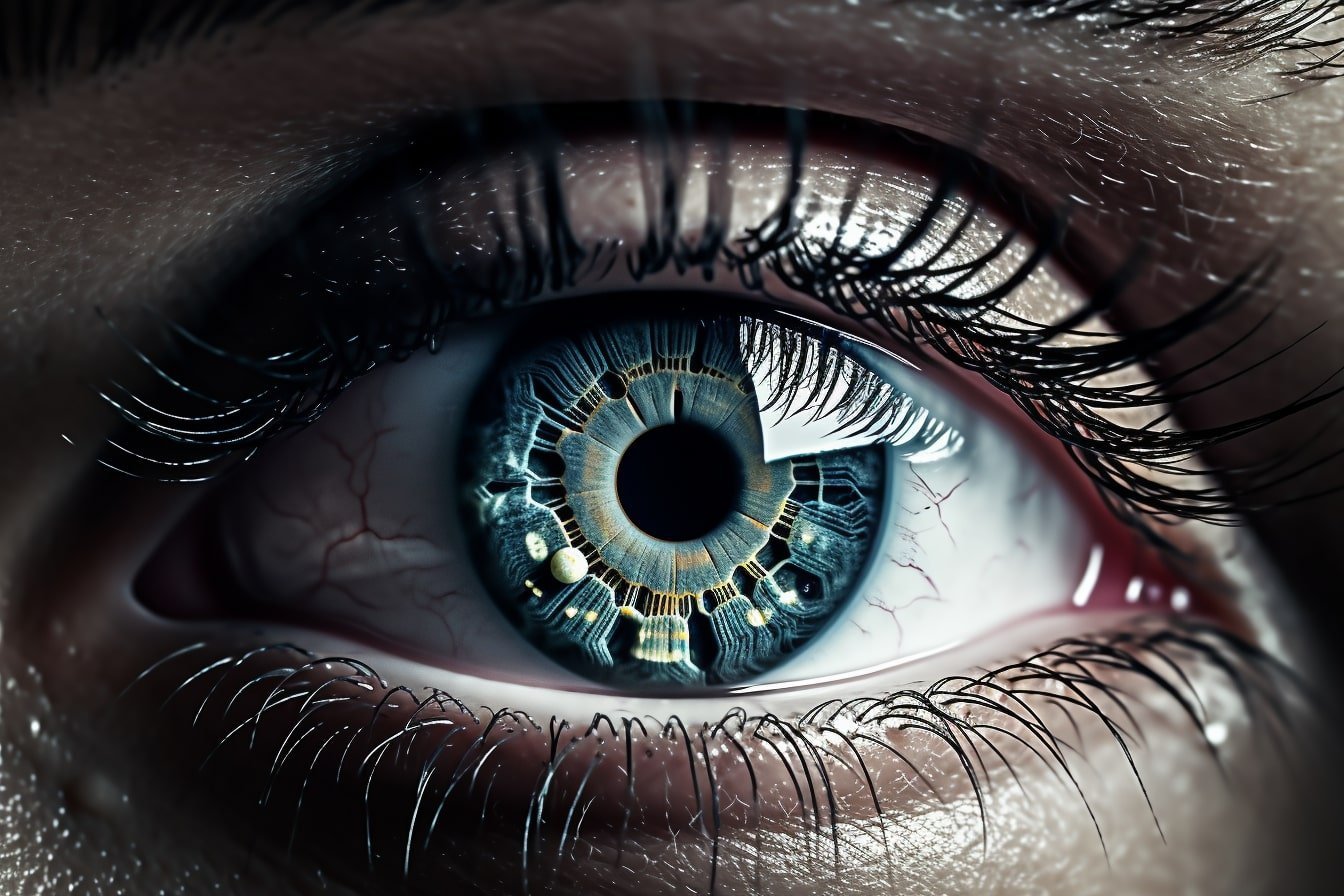Summary: Researchers discovered a unique connection between eye movements and decision-making, even when the eyes are not directly involved in the decision process.
The study contradicts the common belief that decision-making activities don’t affect motor movements like eye or hand movements. Specifically, they found that perceptual decision-making does interfere with unrelated eye movements, but not with hand movements.
This breakthrough could pave the way for new technologies monitoring attentiveness during critical decision-making tasks in healthcare and crime prevention.
Key Facts:
- The study shows that decision-making affects eye movements, even when these movements are not directly related to the decision at hand.
- The research contradicts the previous general assumption that motor movements, such as by the eyes or hands, will not be affected by unrelated decision-making activities.
- This discovery has the potential to be used in monitoring attentiveness in crucial decision-making tasks, aiding in areas like mental care support and crime prevention.
Source: Tohoku University
Researchers worldwide are seeking visible indicators of what is going on inside our minds as we think about issues and take decisions. They are searching for the ability to probe the invisible workings of the mind by monitoring subtle signals from the body.
New insights from experiments at Tohoku University have revealed a link between eye movements and certain types of decision-making. Kazumichi Matsumiya and Shota Furukawa at the university’s Graduate School of Information Sciences reported their findings in the journal Communications Biology.

“Our work has revealed that eye movements that are not related to the visual requirements for decision-making are nevertheless affected by the process of making decisions,” says Matsumiya.
Previous research in the field has analyzed how eye and hand movements affect decision-making, but did not look at the issue from the other direction to investigate if decision-making affects eye and hand movements.
The new research was conducted to assess the validity of the previous general assumption that motor movements, such as by the eyes or hand, will not be affected by decision-making activities in situations where the movements are not directly related to making the decision.
The Tohoku University researchers instructed participants to move their eyes and right hand towards targets that were not relevant to an ongoing perceptual decision-making task. Participants were first given a separate task where they were asked to decide and report on the direction of movement of a visual stimulus that was briefly presented on the display.
This was defined as a perceptual decision-making task. The participants then performed the task in which their eye and hand motor movements were irrelevant to their decision-making.
Comparing the results of the two tasks allowed the research team to identify and measure any effects of decision-making on eye and hand movements that were irrelevant to the decisions.
“We found that perceptual decision-making interfered with unrelated eye movements but not hand movements,” Matsumiya says. “This demonstrates that nerve signals involved in making decisions continuously flow into the oculomotor eye-movement system, even when multiple motor actions are irrelevant to the decision-making,” he adds.
The researchers expect that their findings will contribute to developing new technologies for inferring when decision-making tasks are proceeding in the mind, even when making the decisions does not involve any movements of the eyes.
This could be used to advance fundamental research into what is going on inside a person’s mind, by monitoring indirectly when decisions are and are not being made.
It might also be used in more practical applications, such as monitoring attentiveness when crucial tasks involving making significant decisions are being performed. For example, it may be useful for mental care support, dementia care support, and crime prevention.
About this visual neuroscience and decision-making research news
Author: Public Relations
Source: Tohoku University
Contact: Public Relations – Tohoku University
Image: The image is credited to Neuroscience News
Original Research: Open access.
“Perceptual decisions interfere more with eye movements than with reach movements” by Kazumichi Matsumiya et al. Communications Biology
Abstract
Perceptual decisions interfere more with eye movements than with reach movements
Perceptual judgements are formed through invisible cognitive processes. Reading out these judgements is essential for advancing our understanding of decision making and requires inferring covert cognitive states based on overt motor actions.
Although intuition suggests that these actions must be related to the formation of decisions about where to move body parts, actions have been reported to be influenced by perceptual judgements even when the action is irrelevant to the perceptual judgement. However, despite performing multiple actions in our daily lives, how perceptual judgements influence multiple judgement-irrelevant actions is unknown.
Here we show that perceptual judgements affect only saccadic eye movements when simultaneous judgement-irrelevant saccades and reaches are made, demonstrating that perceptual judgement-related signals continuously flow into the oculomotor system alone when multiple judgement-irrelevant actions are performed.
This suggests that saccades are useful for making inferences about covert perceptual decisions, even when the actions are not tied to decision making.






